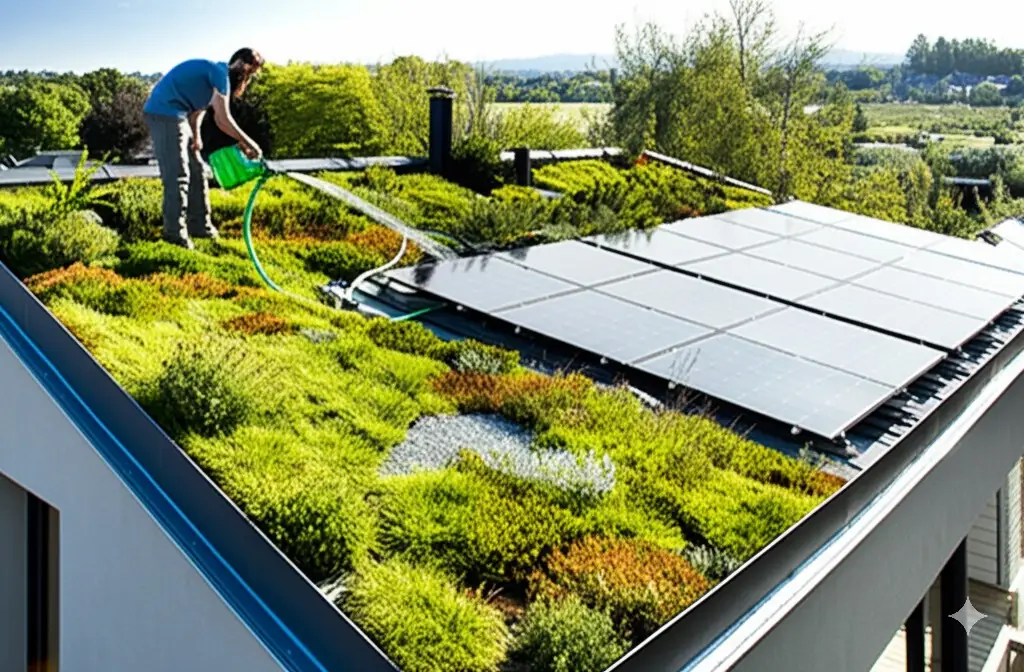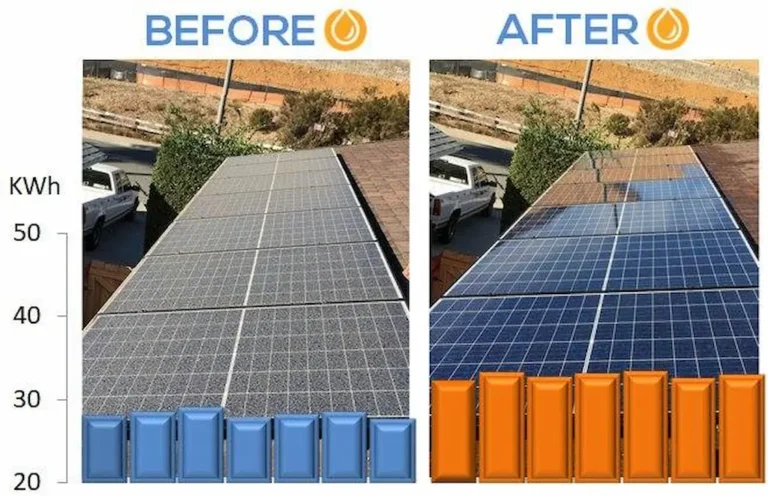In 2025, with increasing extreme weather and rising repair costs, regular roof inspections are more critical than ever. A DIY roof inspection can save you money, detect early damage, and extend your roof’s lifespan. This guide will walk you through the process, incorporating 2025 trends like smart sensors and drone inspections, ensuring your home stays protected. Ready to dive in? Let’s get started.

Benefits of DIY Roof Inspections
Performing your own roof inspection offers several advantages:
- Cost Savings: Avoid professional fees by catching issues early, potentially saving thousands on repairs.
- Early Detection: Spot small leaks or damage before they escalate into major problems, like structural damage.
- Extended Roof Life: Regular checks can prolong your roof’s durability, especially with 2025 materials like self-healing shingles.
According to This Old House, early maintenance can reduce repair costs by up to 30%, making DIY inspections a smart choice.
Tools Needed for DIY Roof Inspection

Before starting, gather these essential tools. For 2025, consider tech upgrades for enhanced safety and accuracy.
| Tool | Purpose | Notes for 2025 |
|---|---|---|
| Ladder | Access roof safely | Ensure meets OSHA standards, per OSHA Roof Safety |
| Binoculars | Inspect from ground for damage | High-resolution for detail |
| Camera | Document damage for records | Smartphone cameras suffice |
| Flashlight | Check attic for leaks | LED for brightness |
| Safety Gear | Protect against falls (e.g., non-slip shoes, gloves) | Prioritize fall protection for roofs 6+ feet high |
| Drones (Optional) | Large roofs, safety, detailed imaging | Rental costs ~$500-$1,000, per Angi |
| Smart Sensors | Real-time monitoring for leaks, humidity | 2025 trend, enhances predictive maintenance, per Future Market Insights |
Always prioritize safety, following OSHA guidelines for fall protection, especially for roofs 6 feet or higher, as outlined in OSHA Roof Safety, which covers requirements like guardrail systems and training for workers at heights.
Step-by-Step Guide to Inspecting Your Roof

Follow these steps to thoroughly inspect your roof, incorporating 2025 trends for accuracy:
Check from the Ground
- Use binoculars to look for missing shingles, sagging areas, or visible damage.
- Note any debris or moss, which can indicate poor drainage, a common issue in 2025 with increased rainfall, as noted in Roofing Industry Growth 2025.
Inspect Gutters and Downspouts
- Clean out debris to ensure proper water flow, as per Consumer Reports.
- Check for signs of overflow, which could signal clogged gutters, risking water damage, especially with 2025’s frequent storms.
Look for Signs of Leaks in the Attic
- Use a flashlight to examine for water stains, mold, or dampness.
- For 2025, consider smart sensors for real-time leak detection, enhancing early intervention, as per Future Market Insights, which highlights IoT systems for monitoring.
Examine Shingles for Damage
- Check for cracks, curling, or granule loss, which can indicate wear.
- Note 2025 trends like self-healing shingles, which may reduce damage over time, per Top Roofing Trends 2025, offering durability against extreme weather.
Check Flashing Around Chimneys and Vents
- Look for gaps or rust, which can lead to leaks.
- Ensure seals are intact, especially with 2025 materials like silicone roofing for enhanced weather resistance, as seen in Workyard.
Checking Solar Panel Mounts & Roof Penetrations
While inspecting your roof, pay special attention to areas under and around solar panels. Look for:
- Loose mounts or rusted brackets
- Cracked flashing around penetrations
- Debris buildup under panels (traps moisture)
After inspection, learn how to safely clean solar panels without damaging your roof.
2025 Trends in Roof Inspections

This year, technology is transforming DIY inspections:
- Smart Sensors: IoT systems monitor humidity and leaks in real-time, saving maintenance costs, as noted in Future Market Insights, with systems enhancing predictive maintenance and extending roof life.
- Drone Inspections: For large roofs, drones offer safety and detailed imaging, with rental costs around $500-$1,000, per Angi. Follow FAA guidelines for legal operation, as per UAV Coach, which provides guides for DIY use.
- Eco-Friendly Materials: Look for green roofs or cool roofs to reduce energy costs, aligning with sustainability trends in 2025, per Workyard, reflecting consumer demand for eco-friendly solutions.
When to Call a Professional
While DIY is great for routine checks, call a pro if:
- You notice structural damage, like sagging.
- Safety risks are high, especially on steep roofs, given OSHA’s fall protection requirements for heights 6 feet or higher, per OSHA Roof Safety.
- Complex repairs are needed, ensuring peace of mind with expert solutions.
Read hear about Storm Damage Roofers Guide for further help.
Conclusion
Empower yourself with a DIY roof inspection in 2025 to spot early damage and save costs. Incorporate trends like smart sensors and drones for enhanced safety and accuracy. For more tips, check out our 2025 Guide to Roof Repairs. Protect your home today!
How do I know if my roof damage is covered by insurance?
Check your policy for coverage of sudden events like storms or hail; wear and tear or neglect isn’t covered, per the Insurance Information Institute. Contact your insurer or use our tool to draft a claim letter with the right details.
What is the risk of leaks with new flashing if not installed properly?
Improper installation, like cutting below old lines, can cause leaks within 2 years, so professional work is crucial.
Are smart sensors worth it?
Absolutely, for real-time monitoring and cost savings in 2025, as per Future Market Insights, offering predictive maintenance benefits.
Can I use drones for inspections?
Yes, for large roofs, ensuring FAA compliance and homeowner permission, with guides available at UAV Coach.
How often should I inspect my roof?
Twice yearly, plus after storms, per This Old House, aligning with maintenance best practices.





